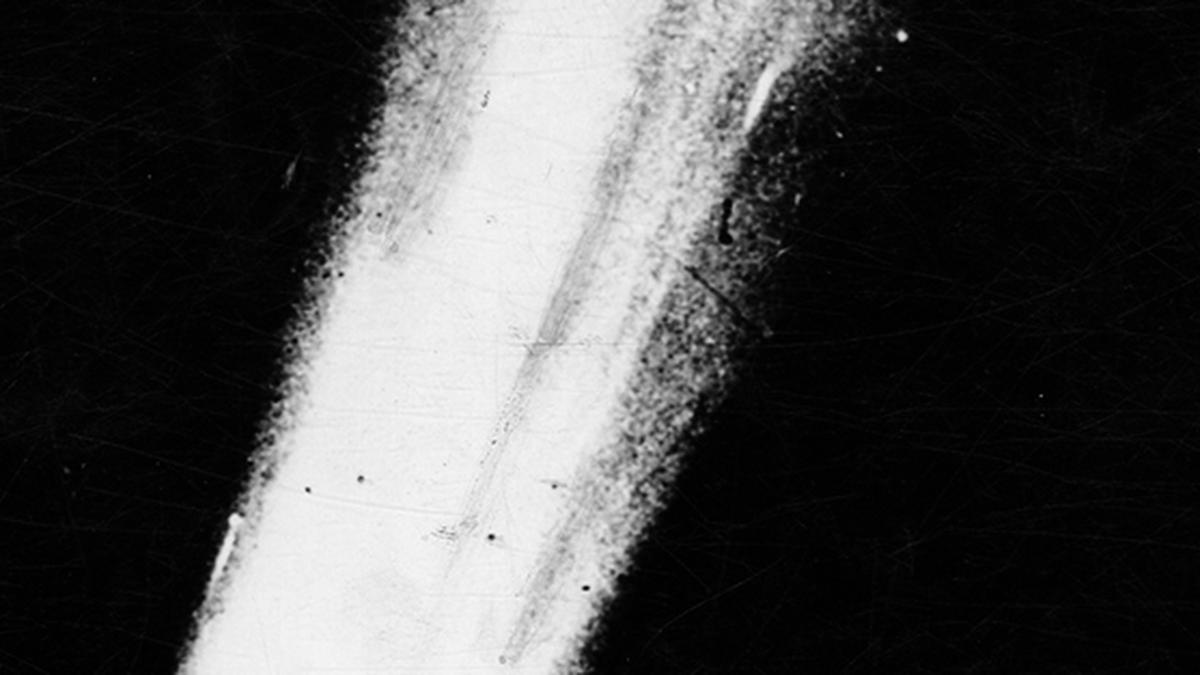
When Earth passed through the tail of Halley’s Comet
The Hindu
Did you know that our planet passed through the tail of Halley’s Comet during its 1910 visit on May 19? And that apocalyptic predictions still held sway at that time, despite being in the 20th Century? A.S.Ganesh takes a look at how the arrival of the most popular comet created a stir in 1910…
It’s funny when you think about the fact that the Halley’s Comet is named after an English astronomer who lived in the 17th-18th Centuries, despite having been spotted and observed for over two millennia. In fact, this astronomer is considered the discoverer of the comet, even though he certainly wasn’t the first human to take note of it.
The astronomer in question is the Englishman Edmond Halley, who was also a mathematician and physicist in addition to being an astronomer. He succeeded English astronomer John Flamsteed as the second Astronomer Royal in Britain in 1720.
It was during his time as an assistant to Flamsteed that he did the work that makes him the discoverer of Halley’s comet and also gives it his name. A sound mathematician, Halley brought together astronomy with a nascent field of mathematical study called calculus to compute the parabolic paths of comets.
He worked out the parabolic orbits of many comets that had been recorded over the last few centuries and he had his results by 1705. When comparing the results, he was to identify that the orbits of the comets observed by famed German astronomer Johannes Kepler in 1531 and 1607, and the comet that he himself observed in 1682 were, in fact, nearly identical.
As a thorough scientist, Halley next traced it back even further. To his astonishment and delight, Halley was able to ascertain that there had been a number of recorded instances where comets had been observed in a similar orbit once about every 75 years, including the one seen by Italian painter Giotto di Bondone.
Halley correctly concluded that these weren’t different comets taking identical paths, but were, in fact, the same comet coming periodically in different years. He then went a step further and proved that scientists could employ science to predict a future occurrence, something that astrologers boast without always achieving success.
Halley stated that this comet, now officially designated 1P/Halley, would next be in the Earth’s vicinity in 1758. And even though he wasn’t around as he died in 1742, Halley’s Comet made its way in December 1758. From then onwards, the comet that bears Halley’s name has made its appearance in 1835, 1910, and 1986. Almost like clockwork.





















 Run 3 Space | Play Space Running Game
Run 3 Space | Play Space Running Game Traffic Jam 3D | Online Racing Game
Traffic Jam 3D | Online Racing Game Duck Hunt | Play Old Classic Game
Duck Hunt | Play Old Classic Game











